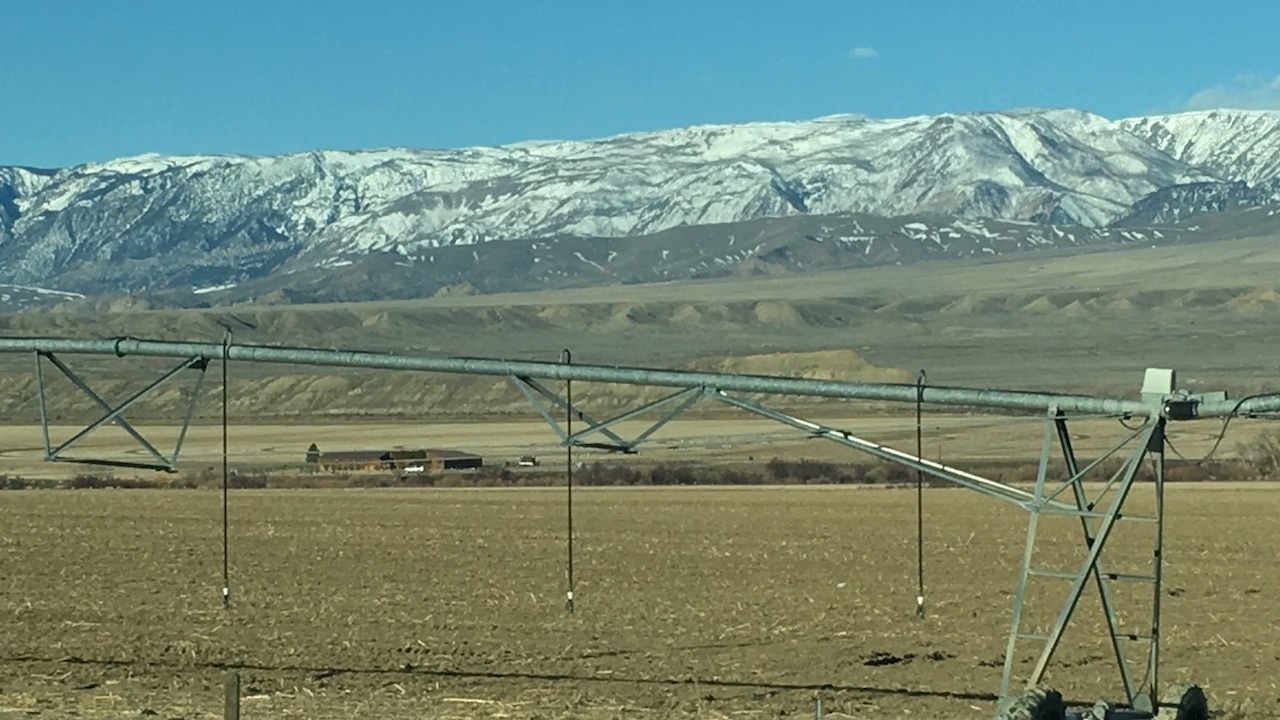2018 Spring Outlook

Cool spring conditions should help maintain mountain heavy snowpack across Montana—welcome news for irrigated operations.
Welcome to the April 2018 Montana Drought & Climate newsletter. We hope that Montana farmers and ranchers find the information here useful. Please send us your feedback!
Here’s what you’ll find in this newsletter:
Conditions — Understanding current conditions aids in predicting future conditions. This section provides an overview of what happened over the previous season and allows producers to reflect how conditions compare to past years.
Seasonal Forecast — The seasonal forecast is particularly useful for agricultural producers. Here temperature, precipitation, drought, and global air circulation patterns are discussed in detail.
Mid-Century Outlook — What do Montanans need to do to prepare for the future? In this section we present projections of mid-century conditions across Montana. Comparing these projected conditions to current or past conditions gives an improved understanding of how to respond to a changing climate.
Reference — A helpful glossary of terms found in this newsletter.
In Brief
- Montana experienced a cold and wet winter, resulting in near-record high snowpack across the western mountains and eastern plains.
- Above average precipitation alleviated the drought conditions lingering on from summer 2017. As a result, drought is now only present in Daniels, Roosevelt, and Sheridan counties.
- The La Niña conditions that brought above average winter precipitation and cooler temperatures are expected to dissipate by early spring.
- The spring outlook is for cooler than normal temperatures across the eastern, central, and northwestern portions of the state. There is an equal chance of above, below, or normal spring temperatures for the southwestern portion of the state.
- The spring outlook is for wetter than normal precipitation in northeastern and northcentral Montana. There is an equal chance of above, below, or normal precipitation for the rest of the state.
About Montana Drought & Climate
and the Montana Climate Office
Montana Drought and Climate is a USDA-funded project of the Montana Climate Office (MCO) at the W.A. Franke College of Forestry & Conservation at the University of Montana, in collaboration with the Montana State University Extension Service. The MCO is an independent state-designated body that provides Montanans with high-quality, timely, relevant, and scientifically-based climate information and services. We strive to be a credible and expert source of information for decision makers that rely on the most current information on climate to make important decisions. It is also the role of the MCO to assist stakeholders in interpreting climate information or adapting climate products to their needs.
Production of this newsletter is supported by Water for Agriculture Challenge Area grant no. 2017-67027-26313 from the USDA National Institute of Food and Agriculture. Any opinions, findings, conclusions, or recommendations expressed in this publication are those of the author(s) and do not necessarily reflect the view of the U.S. Department of Agriculture or the University of Montana.

Montana Climate Office
Montana Forest & Conservation Experiment Station
University of Montana
32 Campus Drive
Missoula, MT 59812
P: (406) 243-6793
E: mtdrought@umontana.edu
W: http://climate.umt.edu/